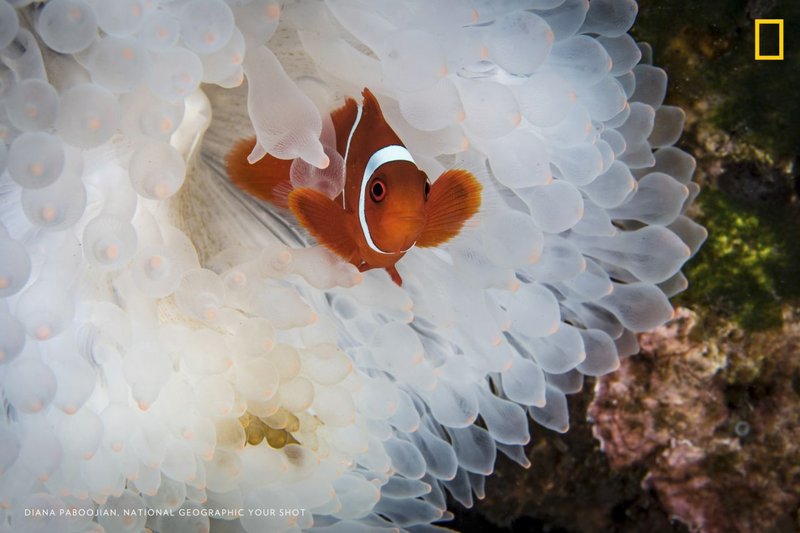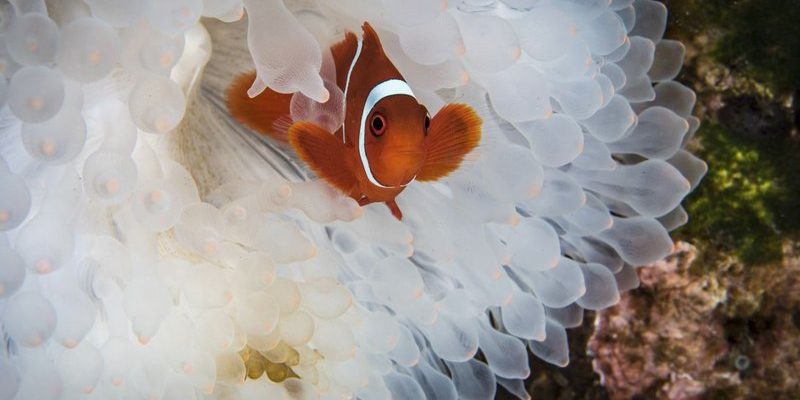
Eels are fascinating animals that go through remarkable life cycles, migrating from freshwater rivers to the ocean to spawn and back again. But as temperatures rise and water conditions change, these ancient fish are feeling the heat—literally. Think of it this way: if you were suddenly dropped into water that was either too hot or too cold, you’d want to get out immediately, right? Unfortunately, eels can’t just hop onto land. Instead, they’re struggling to adapt to the new realities of their environment.
Understanding the Life Cycle of Eels
Eels have a complex life cycle that begins in the Sargasso Sea, where they are born. After hatching, they embark on an incredible journey that can span thousands of miles. Young eels, known as glass eels, swim upstream into freshwater rivers and lakes, where they live for several years before heading back to the ocean to spawn. This unique migratory pattern is crucial for their survival and reproduction.
But you might be wondering why this journey is so important. Eels have evolved to thrive in both salt and freshwater, which allows them to take advantage of diverse habitats. Unfortunately, this migratory cycle is becoming increasingly disrupted. Changes in river flows, water temperatures, and habitat loss can all impact their ability to reach spawning grounds. If they can’t complete their journey, it affects not just their population but the entire aquatic ecosystem.
The Impact of Rising Water Temperatures
One of the most significant impacts of climate change on eels is the rising water temperature in both freshwater and saltwater environments. As temperatures increase, eels face two main problems: stress and habitat changes. Just like us, eels have an optimal temperature range for growth and reproduction. When it’s too hot, their metabolism speeds up, making it harder for them to find food and reproduce.
Moreover, warmer waters can also lead to lower oxygen levels. Picture trying to breathe during a heat wave—it’s tough! Eels struggle the same way, which can lead to decreased survival rates for young eels and weakened adult eels. The stress from increased temperatures affects their overall health, making them more susceptible to diseases and predators.
Changes in Water Quality and Pollution
Climate change doesn’t just affect temperature; it also impacts water quality. Increased rainfall from climate change can lead to more runoff, introducing pollutants, sediment, and nutrients into rivers and oceans. This can create harmful algal blooms that consume oxygen and produce toxins harmful to eels and other aquatic life.
In some areas, changes in land use related to climate change—like urban development or agriculture—are leading to more pollutants entering waterways. Eels depend on clean, healthy environments to thrive, and pollution can severely affect their development and migration patterns. Without a healthy ecosystem, their chances of survival decrease significantly.
Habitat Loss and Alteration
As climates shift, so do the habitats eels rely on. Wetlands and estuaries, where young eels often find refuge, face increased flooding and habitat loss. These changes can lead to decreased spawning grounds and food sources. Just think about how losing your favorite coffee shop would change your morning routine; for eels, the same applies to their habitats.
Furthermore, dams and barriers that humans have built along rivers can impede eels’ ability to migrate. Even in the best of times, these structures pose challenges. With climate change accelerating habitat loss, the stakes are even higher. Without access to the areas they need to thrive, eel populations could dwindle.
Impact on Eel Populations and Economics
The decline in eel populations isn’t just an environmental concern; it also has economic implications. Eels are a valuable resource for many communities, both for local fisheries and as a delicacy in various cuisines. As climate change continues to affect their populations, we may see a drop in availability, which could increase prices and impact local economies.
Moreover, as eels become rarer, the cost of conservation efforts will likely rise. Communities will need to invest in restoring habitats and ensuring clean waterways to protect these fascinating creatures. This is a situation where protecting eels means supporting whole ecosystems and local economies.
What Can Be Done to Help Eels?
So, what can we do to help eels survive in the face of climate change? Start by supporting efforts to reduce pollution and habitat restoration. Simple actions, like reducing plastic use and advocating for clean water initiatives, can make a difference.
Additionally, raising awareness about the importance of eels can help shift public perceptions. The more people know about their struggles, the more likely they are to support conservation initiatives. You could also consider supporting organizations dedicated to protecting aquatic ecosystems. Every little bit helps!
Lastly, engaging in sustainable practices in our own lives can contribute to a healthier environment. Reducing greenhouse gas emissions, conserving water, and supporting sustainable fisheries can all help alleviate some of the pressure the eels face.
In conclusion, climate change is posing serious threats to eels, but there’s still hope. By understanding their unique life cycles and the challenges they face, we can work together to protect these amazing creatures. Every step we take towards a healthier planet helps not just eels, but countless other species affected by this ongoing crisis.

